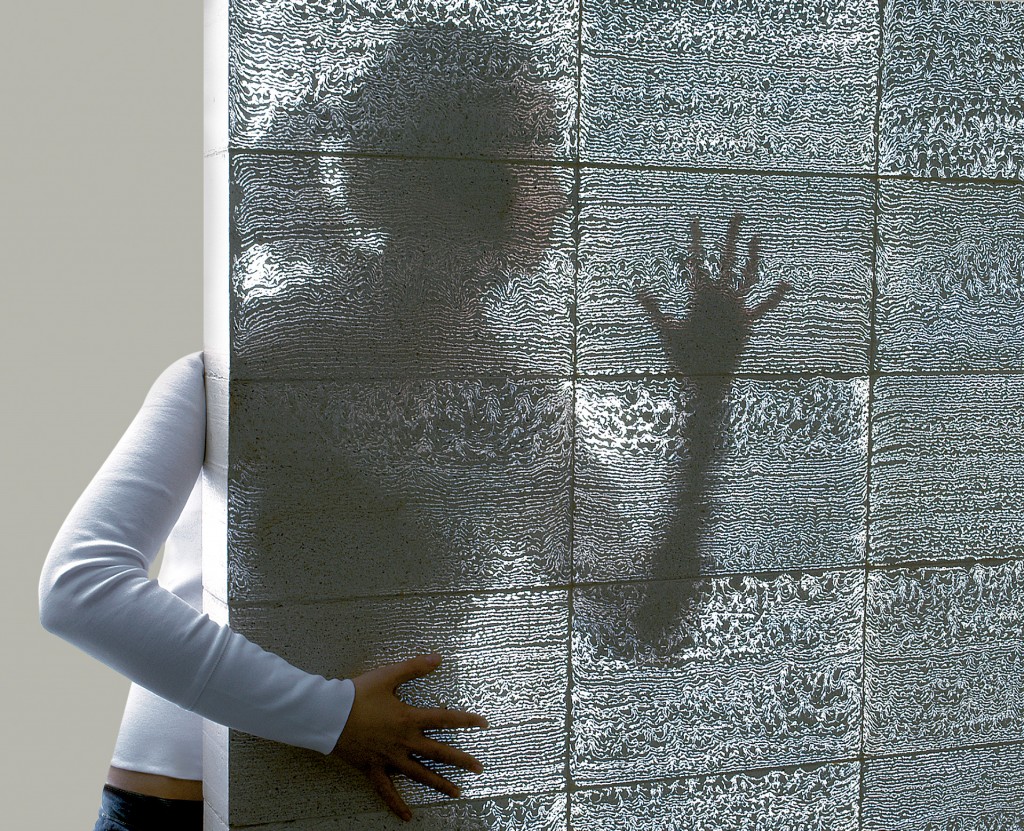
What if walls could glow from within? Welcome to the age of translucent
concrete—an innovative blend of aesthetics, engineering, and sustainability
that’s transforming how we design interior and exterior spaces. This specialty
building material embeds optical fibers or resin pathways within standard
concrete, allowing light to pass through structural elements and create
stunning visual effects.
The translucent
concrete market is gaining traction in commercial architecture, public
spaces, urban installations, luxury residential projects, and even art. As
design professionals and developers pursue bolder aesthetics and smarter
building solutions, translucent concrete is emerging as a high-value premium
product with plenty of growth ahead.
🌟 Why Translucent
Concrete Is Attracting Attention
Translucent concrete combines two traditionally separate
objectives:
- Structural
strength—retaining the compressive properties of standard concrete.
- Playful
illumination—capturing, channeling, and redistributing light in
artistic and functional ways.
This combination opens doors to a host of creative
possibilities:
- Daylight
harvesting: Letting natural light into underground spaces or enhancing
lighting efficiency in corridors and lobbies.
- Mood-setting
glow: Integrating LEDs to turn walls into ambient art—great for
hospitality, retail, museums, or landmark buildings.
- Safety
and wayfinding: Illuminated paths embedded in flooring or staircases
serve practical and aesthetic purposes.
- Brand
activation and public art: Logos, patterns, and interactive lighting
weave brand or narrative into the built environment.
As architects and designers seek materials that marry form,
function, and sustainability, translucent concrete is becoming a go-to choice
for standout projects.
Sample Copy of the
report - https://www.transparencymarketresearch.com/sample/sample.php?flag=S&rep_id=74208
🚀 Market Momentum:
What’s Fueling Growth
1. Expanding Architectural Ambition
The appetite for experiential and visually arresting
architecture is on the rise. Architects and developers are increasingly using
light as a design element. Translucent concrete delivers structural integrity
while bringing dynamic light into spaces.
2. Energy Efficiency Meets Design
Daylight harvesting is a big trend in sustainable building,
reducing reliance on artificial lighting. Translucent concrete offers a passive
solution that looks elegant while lowering energy use.
3. Smart City and Public Installations
Governments and municipalities are investing in
infrastructure that doubles as public art. Illuminated benches, façade panels,
and sidewalk strips made of translucent concrete offer safety, energy savings,
and visual appeal.
4. Luxury Real Estate and High-End Interiors
Estates, hotels, galleries, and boutique offices are using
illuminated walls to create exclusive experiences. Translucent concrete adds
aesthetic value and high perceived worth for buyers and visitors.
5. Advances in Materials and Scale
As manufacturers streamline fiber integration and develop
prefabricated panel systems, costs are dropping and installation is becoming
simpler. The spread of modular translucent concrete systems is opening up new
use cases.
🔍 Market Segmentation
Snapshot
By Material Type:
- Optical-fiber
embedded concrete: High-resolution, intricate patterns and sharp
illumination.
- Resin-based
translucent concrete: Softer glow, more artistic texture, greater
flexibility.
- Hybrid
systems: Combine fibers, resins, or printed light pathways for layered
effects.
By Format:
- Prefabricated
panels: Ideal for façades, walls, and room dividers.
- Cast-in-place
components: Used in custom projects like staircases, flooring accents,
or installation art.
- Tiles
and flooring inlays: Used for branding, wayfinding, or ambiance in
hospitality environments.
By Application:
- Commercial
architecture: Office lobbies, retail storefronts, gallery spaces.
- Public
spaces and infrastructure: Underpasses, bus stops, pedestrian
walkways.
- Residential
& hospitality: Feature walls, night lighting in luxury homes,
bars, and spas.
- Art
and cultural landmarks: Museums, sculptures, installations in plazas.
🌍 Regional Landscape
North America
The U.S. and Canada are leading in creative use of
translucent concrete in commercial and public-sector projects.
Sustainability-driven codes and design innovation fuel demand for premium
building elements.
Europe
Countries like Germany, the Netherlands, and the Nordics are
early adopters. Public art and smart lighting in urban infrastructure align
well with smart-city planning trends.
Asia-Pacific
Rapid urbanization, rising property development, and
appetite for statement architecture—especially in China, Singapore, and UAE—are
driving uptake of novel materials such as translucent concrete.
Others
Emerging interest in Australia, Latin America, and the
Middle East is tied to branding opportunities in resorts and urban
installations, though cost and awareness still lag.
⚙️ Challenges in the Market
- Higher
cost per square foot: Translucent panels carry a premium compared to
standard concrete—even though installation is gaining efficiency.
- Need
for design expertise: Successful projects require collaboration
between architects, lighting designers, and material specialists.
- Limited
mass adoption: Most applications today are high-value, segmented
projects; widespread use requires scaled production and awareness.
- Performance
considerations: Balancing structural strength, light transmission, and
weatherproofing requires technical rigor.
- Maintenance
and durability: Exposure to sunlight and weathering needs high UV
resistance and water sealing standards.
🌱 Opportunities Ahead
For Manufacturers
- Develop
standardized product lines—prefab panels for interiors and facades to
reduce costs and simplify procurement.
- Integrate
smart lighting platforms—combine with LEDs, sensors, and IoT
interfaces to enhance functionality.
- Educate
the market—build understanding through sample installations, case
studies, and specification support.
For Architects and Designers
- Explore
hybrid solutions—combine translucent concrete with glass, wood, or
metal to create layered visual experiences.
- Partner
with municipalities—pitch projects that combine public art and
infrastructure to unlock funding and awareness.
- Innovate
in interior design—feature walls or under-counter lighting in
hospitality and residential markets showcase the light-transmitting
material beautifully.
For Investors
- Seek
standout specialist manufacturers—especially ones expanding production
scale or innovating with integrated smart lighting.
- Look
at vertical plays—companies that combine smart lighting tech and
material integration may offer high growth potential.
- Consider
subscription models—lighting-as-a-service models where building owners
pay for the experience rather than own the system.
🎯 Final Thoughts
Translucent concrete is not just a novelty—it’s an emerging
design platform that brings structural capability and luminous beauty together.
As cities forge green, smart future-builds and hospitality architects chase
experiential wow-factors, this material is positioned to shine.
What was once a niche for avant-garde architects is now
entering public spaces, galleries, and even homes. With lower costs, smarter
integration, and growing design awareness, translucent concrete is on course to
brighten the built environment in both literal and creative ways.
No comments:
Post a Comment